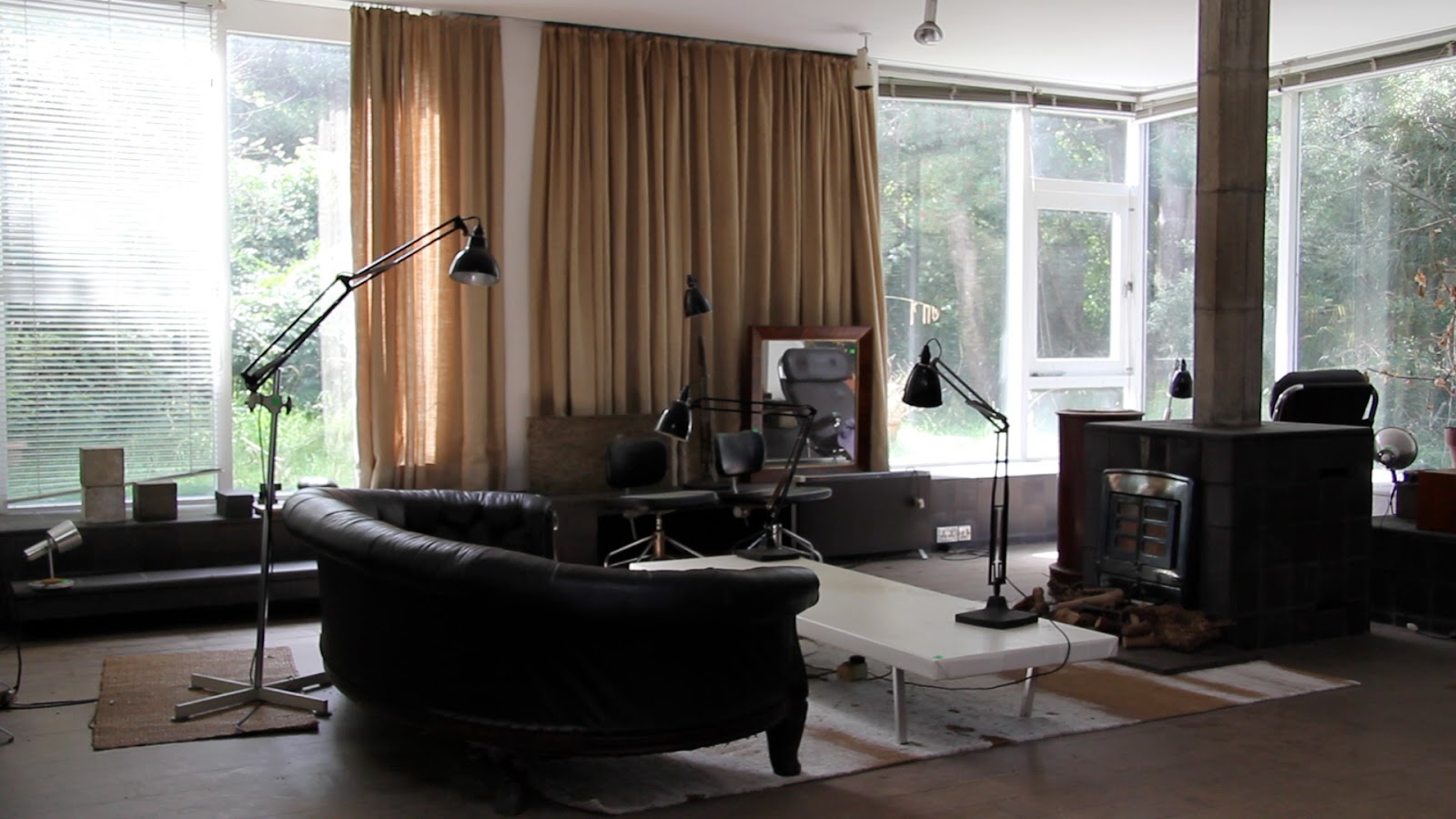91. Royal College of Art
Kensington Gore
Plate 15
H.T. Cadbury-Brown, 1961-62
and Sir Hugh Casson
As responsible architecturally as Imperial College is irresponsible, with a personality as strong as the Albert Hall, next door, yet without self-advertisement. The individuality is internal and shows without affectation in the smallest details, such as the space of the main corridor on the ground floor and the space inside the Gulbenkian Hall (this, especially, is worth comparing with the aseptic rooms in the Festival Hall).

A tall block of eight storeys on Kensington Gore, breaking out into a splendid roofline of coupled lights for studios; the lecture hall is sunk into the ground at right angles and appears as a single storey. This is the ‘angry’ style completely justified, yet still angry or rather whatever word is the exact opposite of complacent. The horizontal and vertical members of the concrete frame are separated as demonstrably as though the Anti-Uglies (who were R.C.A. students) were still demonstrating. Not many of London’s modern buildings — even those in this book — will inspire affection in fifty years, but this will. It has the greatness and stature that so many of the physically great new buildings in London to conspicuously lack. Underground to South Kensington; bus 9, 52, 73.





